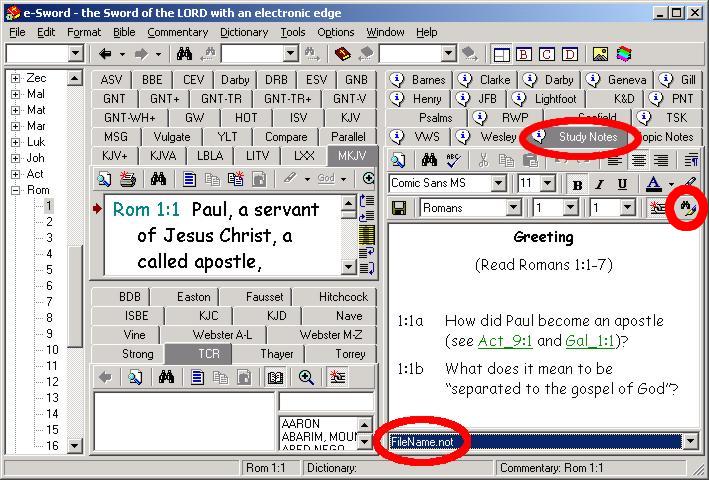What follows is a Google translation that I have cleaned up as best as I could, but there may be some minor errors. Fr. Michael van Opstall kindly provided a translation of the petitions.
JOURNAL № 129
CONSIDERED the establishment of an additional day to commemorate the wonder workers Holy Prince Peter (in monasticism, David) and Princess Fevronia (in monasticism, Euphrosyne), of Murom.
Information:
The celebration of the Holy Prince Peter and Princess Fevronia of Murom on July 8 (June 25 by the Julian calendar), falls during the Fast of Ss. Peter and Paul . In this regard, the Council of Bishops on February 4th, 2011, instructed the liturgical commission "to consider an additional date for the commemoration of the Holy Prince Peter and Princess Fevronia of Murom, referring to the desire of many Christians to be married on the day honoring these patrons of marriage" (paragraph 17, of the "On matters of internal life and external activities of the Russian Orthodox Church").In examining the issue, it was noted that an additional day of commemoration of Saints Peter and Fevronia could be installed on the 20th of January (the transfer of the relics of the saints from the Murom Museum of the Annunciation Monastery in Murom) or September 19th (transfer of the relics from the Annunciation Monastery to the Holy Trinity convent Murom.). The Commission of the Inter-Council on worship and religious art, with the blessing of His Holiness Patriarch Kirill, discussed the issue, and recommended that in conjunction with the celebration of the memory of St. Peter and Fevronia, there also be additional petitions to be done at the augmented litany of Divine Liturgy, and that preaching on this day be devoted to the Christian doctrine of family and marriage.
RESOLVED:
1. To establish an additional day for the commemoration of the Holy wonder workers Prince Peter (in monasticism, David) and Princess Fevronia (in monasticism Euphrosyne) of Murom on the Sunday preceding the September 19 (September 6 by the Julian calendar), in remembrance of transferring their fair bodies in the year 1992.
2. In conjunction with the commemoration of Saints Peter and Fevronia, clergy preach on the subject of pious Christian family values.
3. Also on this occasion, to add to the augmented litany of the Divine Liturgy the following petitions:
Again we pray that Thy people would keep this commandment: what God has joined, let not man put asunder, and that He would give their home churches indestructible strength and increase in love unfeigned;
Again we pray for the preservation of the marriages of Thy servants, in peace and concord, piety and purity;
Again we pray that Thy people may rejoice to see sons and daughters, and that our people would multiply and inherit Thy blessing from generation to generation.
4. That the Synodal liturgical commission submit to the Holy Synod by April 1, 2013 a prayer to be read at the end of the Divine Liturgy in memory of the days of Ss. Peter and Fevronia, for the multiplication of love, strengthening of families, and the faithful preservation of the gift of chastity in those not married and to help them prepare for their entry into family life.








